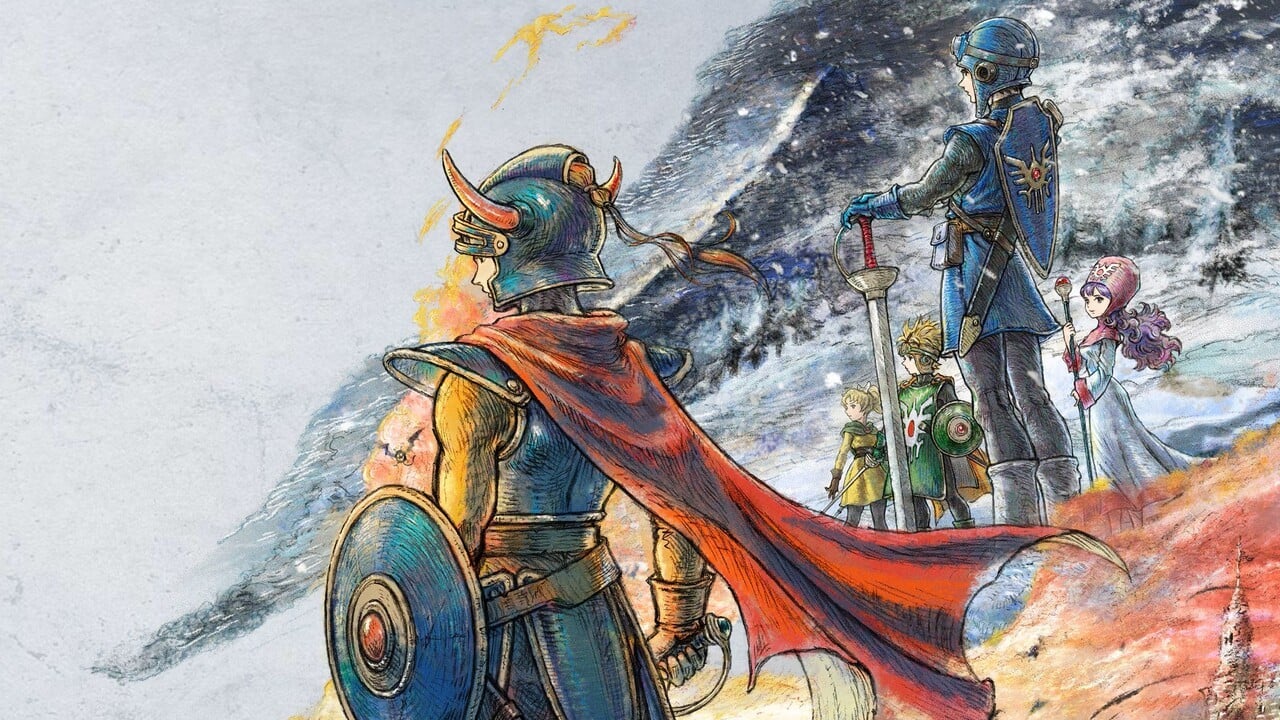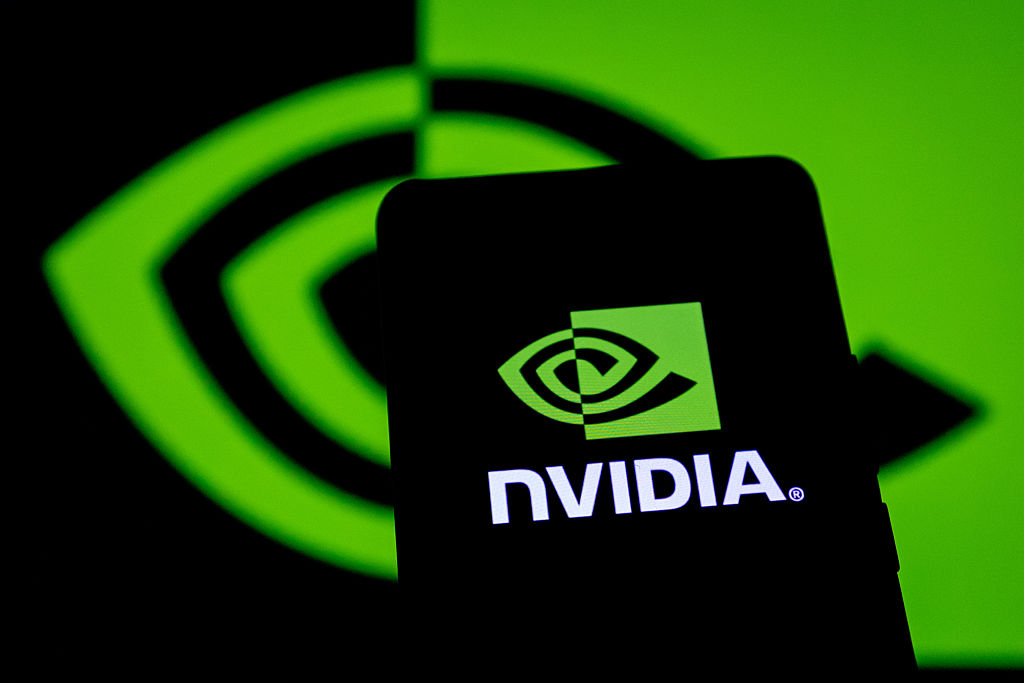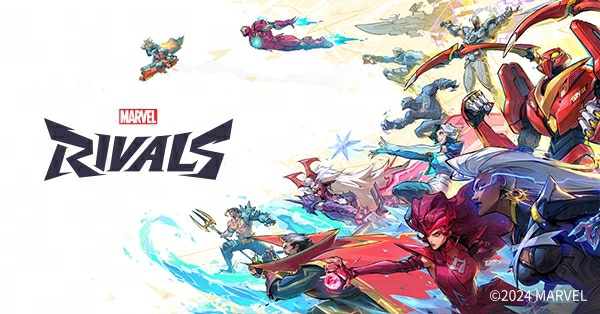After its initial announcement of the Dragon Quest III HD-2D Remake, Square Enix took a few years before it shared any further significant information on the project, which led some at the time to wonder if it had been cancelled or was facing development issues behind the scenes.
When the company finally broke the silence and gave a release date for it, the reason for the delay became much clearer when secret remakes of the first two Dragon Quest games were revealed to be coming not long after. Now the wait for these follow-ups is finally over and I’m pleased to share that Dragon Quest I & II HD-2D Remake is every bit as charming, engaging, and addictive as you’d hope; Square Enix has done a great job of modernising these classics for a new generation.
As far as the narrative is concerned, these two titles are actually sequels to the third game, and carry on its storyline in the adventures of heroes descended from Erdrick. Dragon Quest I begins a couple of generations after Erdrick’s adventure, and follows a lone hero who must live up to his ancestor’s legacy by reclaiming his power, defeating the Dragon Lord, and saving Princess Gwaelin from captivity. Dragon Quest II then takes place several generations after this, following a party of princes and princesses descended from Erdrick who unite and fight on behalf of their respective kingdoms against Hargon, an evil wizard who poses a new threat to the land.
Both games may feature relatively simplistic plots, but both benefit from the addition of extra scenes and characters to help flesh out their narratives. As an example, the original Dragon Quest I had you visit a cave to find a tablet that revealed your lineage as Erdrick’s descendant, and it was literally just a thing you found on the ground at the end of a dungeon with little fanfare.
In the remake, this sequence is built up more as a friendly competition you’re engaged in with a band of other adventurers, who are all rushing to find the rumoured treasure in the ancient place. Throughout both games, these extra scenes do a great job of improving upon what was already there and go a long way towards making these sometimes creaky RPGs into something that feels a bit more modern.
Dragon Quest II, especially, has become way more in-depth, with a variety of named characters, brand-new locales, and story beats all coming together to make for a narrative that’s closer to what you’d expect out of an RPG from the 16-bit era or later.
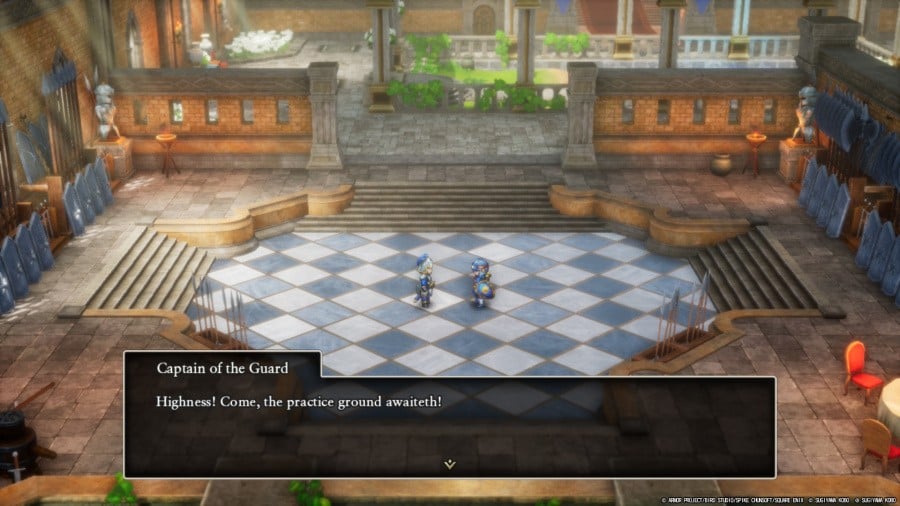
Out of the three games that Square made for this larger HD-2D remake project, I’d say that Dragon Quest II got the most work done on it and stands as the strongest individual entry. The new work done on the characterisation really elevates the party, and the additional content doubles the original playtime and makes the experience much richer.
Gameplay in both these entries, of course, plays out according to the traditional Dragon Quest blueprint, with you exploring an open overworld dotted with treasures, fighting fiends in randomised turn-based battles, visiting towns to refresh and stock up on new gear, and diving into dungeons to further progression. It’s a simple format, and an effective one, although Dragon Quest I feels like a moderately weaker example of its execution.
This largely comes down to it not having a party system, which both limits your options in combat and gives you less of a sense of the ascending power curve due to only having one unit to level up. It’s not bad by any means, but the second entry definitely feels like the stronger game here with its more diverse party setup.
Notably, both games also benefit from some nice quality-of-life updates that streamline the gameplay experience and sand off those rougher edges that can hamper your enjoyment. Things like a marker on the map that shows you where to go next, the ability to speed up battles, and more forgiving options for respawning if you wipe go a long way towards making these games simply more fun without taking away from what makes them great.
And purists who insist on playing things the old way can still get that more obtuse, old-school approach to doing things by simply disabling or ignoring many of the new features – there’s even a toggleable ‘Draconian Quest’ difficulty mode that lets you really turn up the pain if the base difficulty isn’t enough.
As far as the visuals are concerned, this is arguably the best implementation of Square’s HD-2D tech that we’ve seen on a Nintendo platform. Not only does it expertly meld top-notch Akira Toriyama-styled spritework with dynamic lighting and modern design elements, but it does all this at a lovely 60fps on Switch 2.
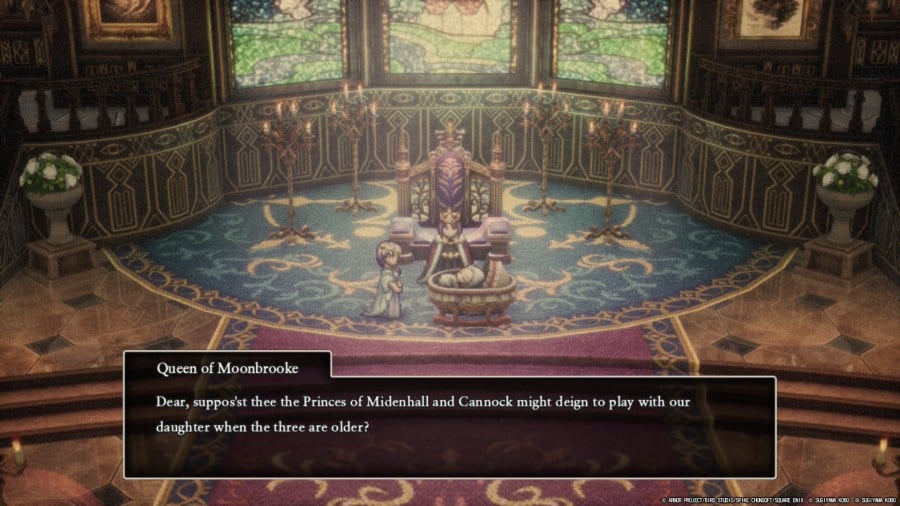
Obviously, performance matters a little less in a game with a focus on strategic decision making, but the smoothness of animations really elevates the already stellar graphics. Locales that were once little more than a primitive series of repeated sprite tiles are now fully realised as the vast caves, dungeons, towns, and castles they were always meant to be, which helps make the world feel that much more alive and dynamic.
Much like how the HD-2D refresh boosted the formerly simplistic visuals, the soundtrack similarly gives the original music tracks a nice polish, bringing in fresh symphonic arrangements of the originals that were performed and recorded here by the Tokyo Metropolitan Orchestra.
Much of the cosy, whimsical, friendly atmosphere of both these games can be attributed to the accompanying music, and while the tracklists for both games may come in a little short, their relatively brief runtimes are made up for by the sheer quality of each track. This is very much the kind of game that you’ll want to play with headphones, as it really helps to immerse you more into this storybook fantasy world.
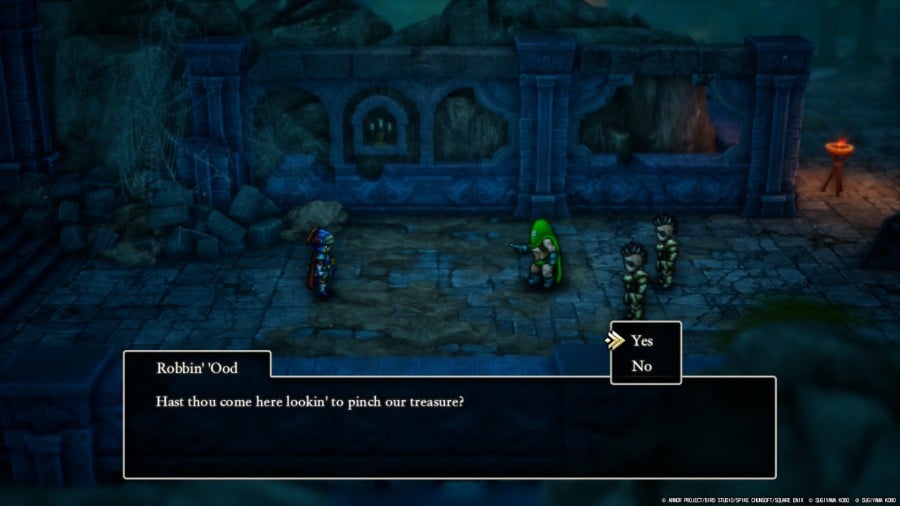
Another thing worth highlighting about this package is the relative value that it offers for the price. Though technically you’re looking at two distinct games here, you can easily play them as if they’re one continuous experience, and it even sort of feels like it was designed to be played that way. Though I think Dragon Quest II is the overall better game, both have their charms and complement each other very well.
Conclusion
Dragon Quest I & II HD-2D Remake is a deeply satisfying follow-up to last year’s remake project, closing out the Erdrick trilogy on a fittingly high note. A gorgeous art style, tons of new content and quality-of-life updates, and a wonderful soundtrack all combine to make this one an easy recommendation for any retro JRPG fans.
If you’re interested in RPGs, I’d suggest you pick this up at your earliest opportunity. These games stand as excellent reminders of why Dragon Quest is so highly respected today.
First Appeared on
Source link









